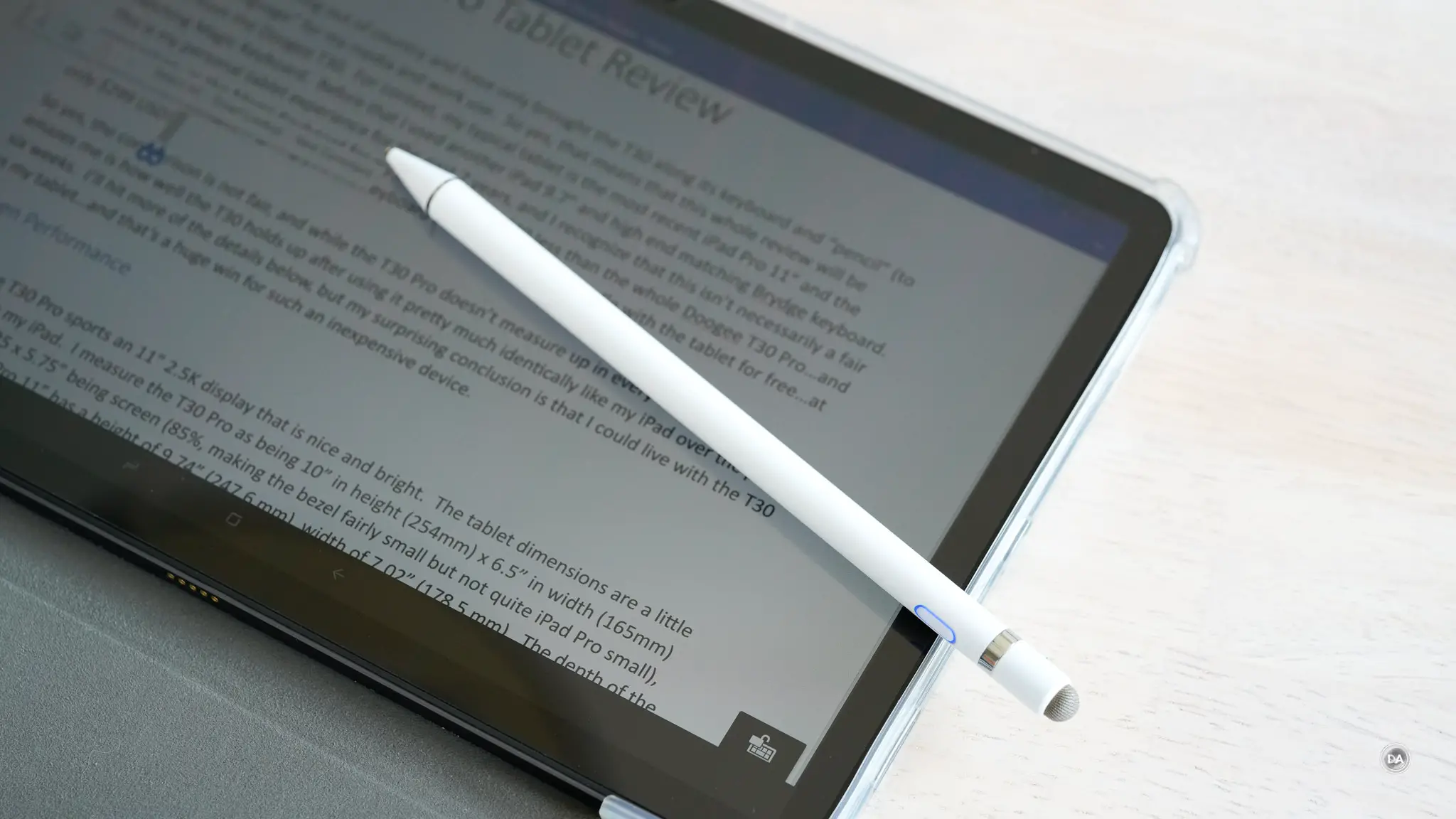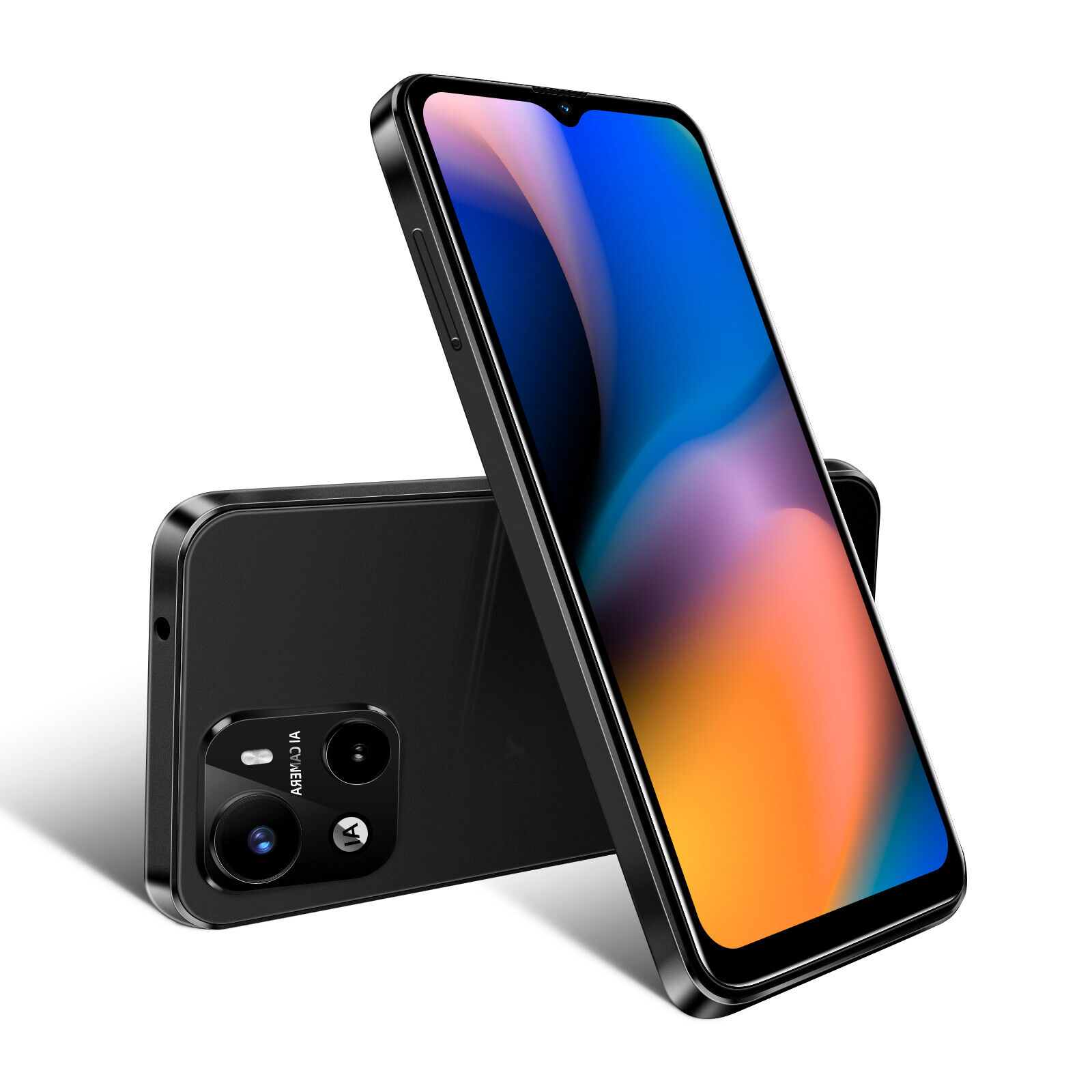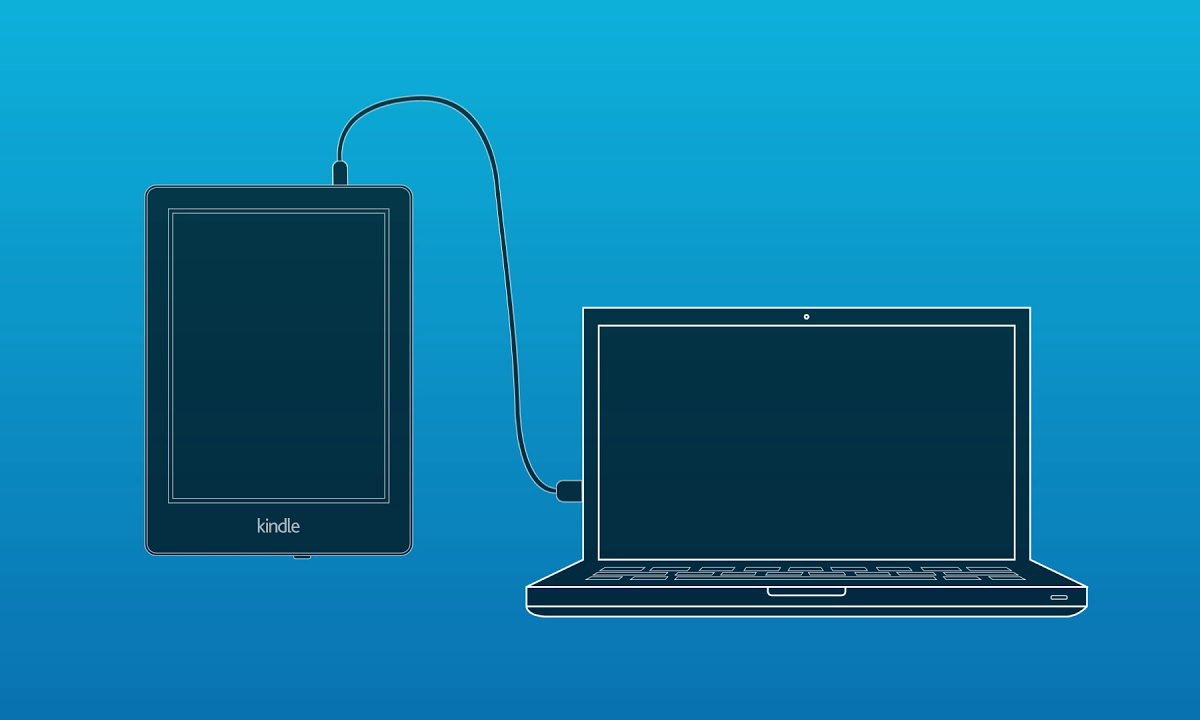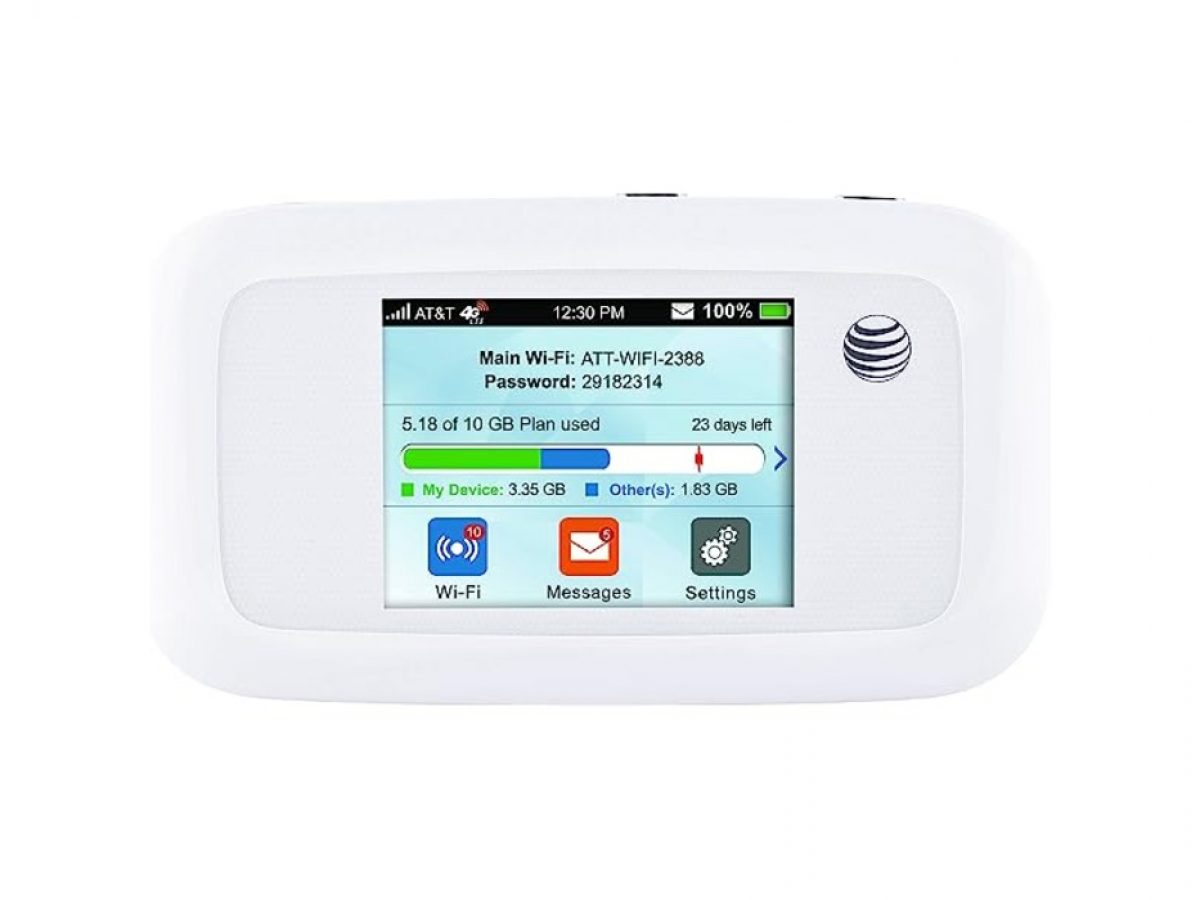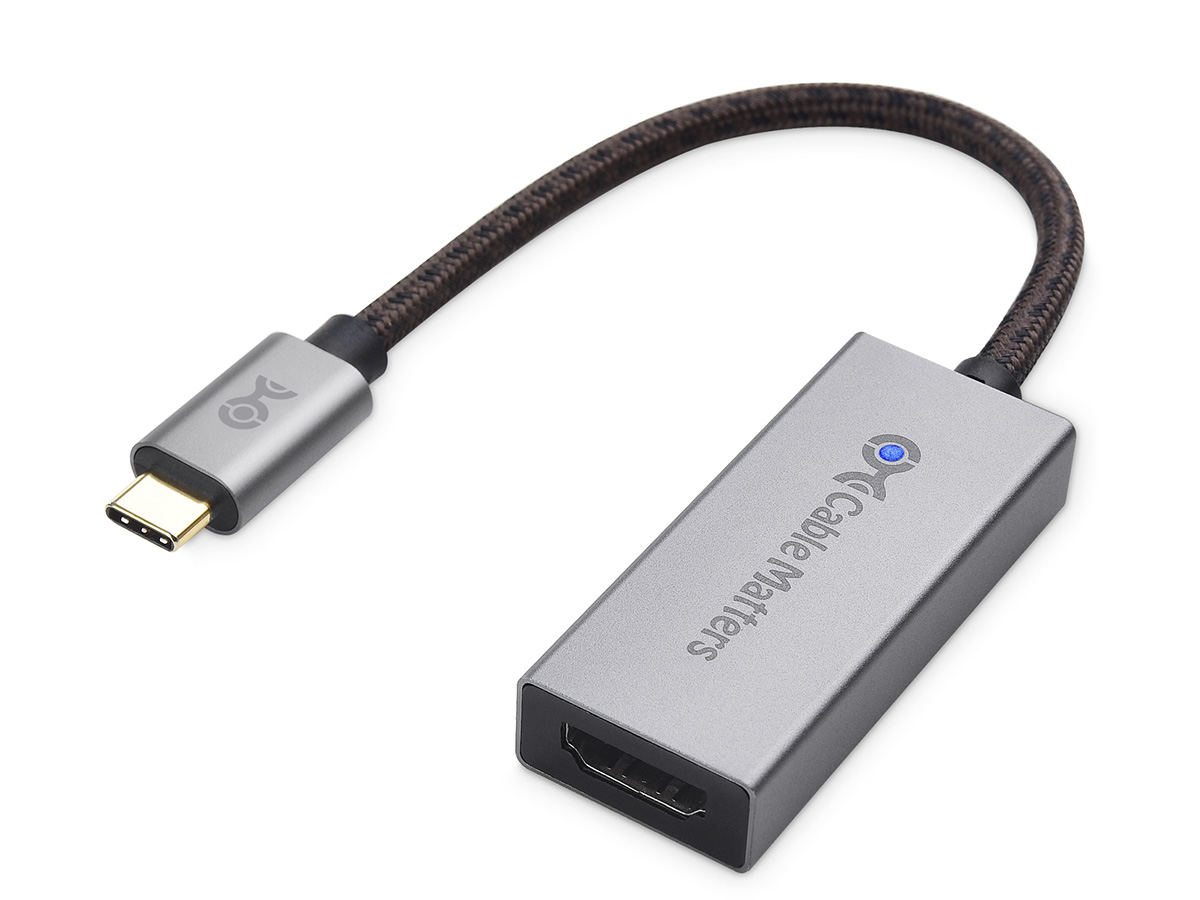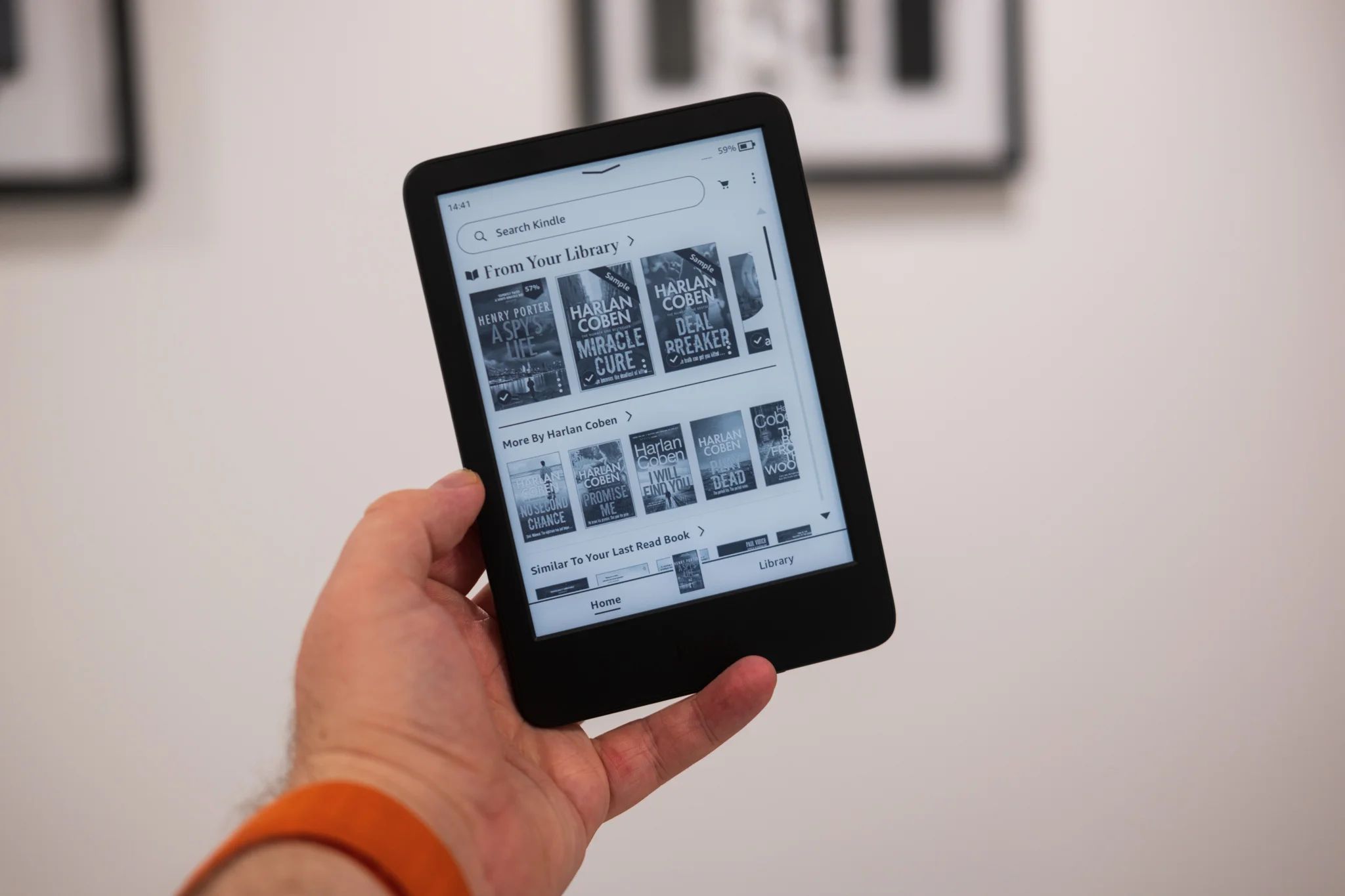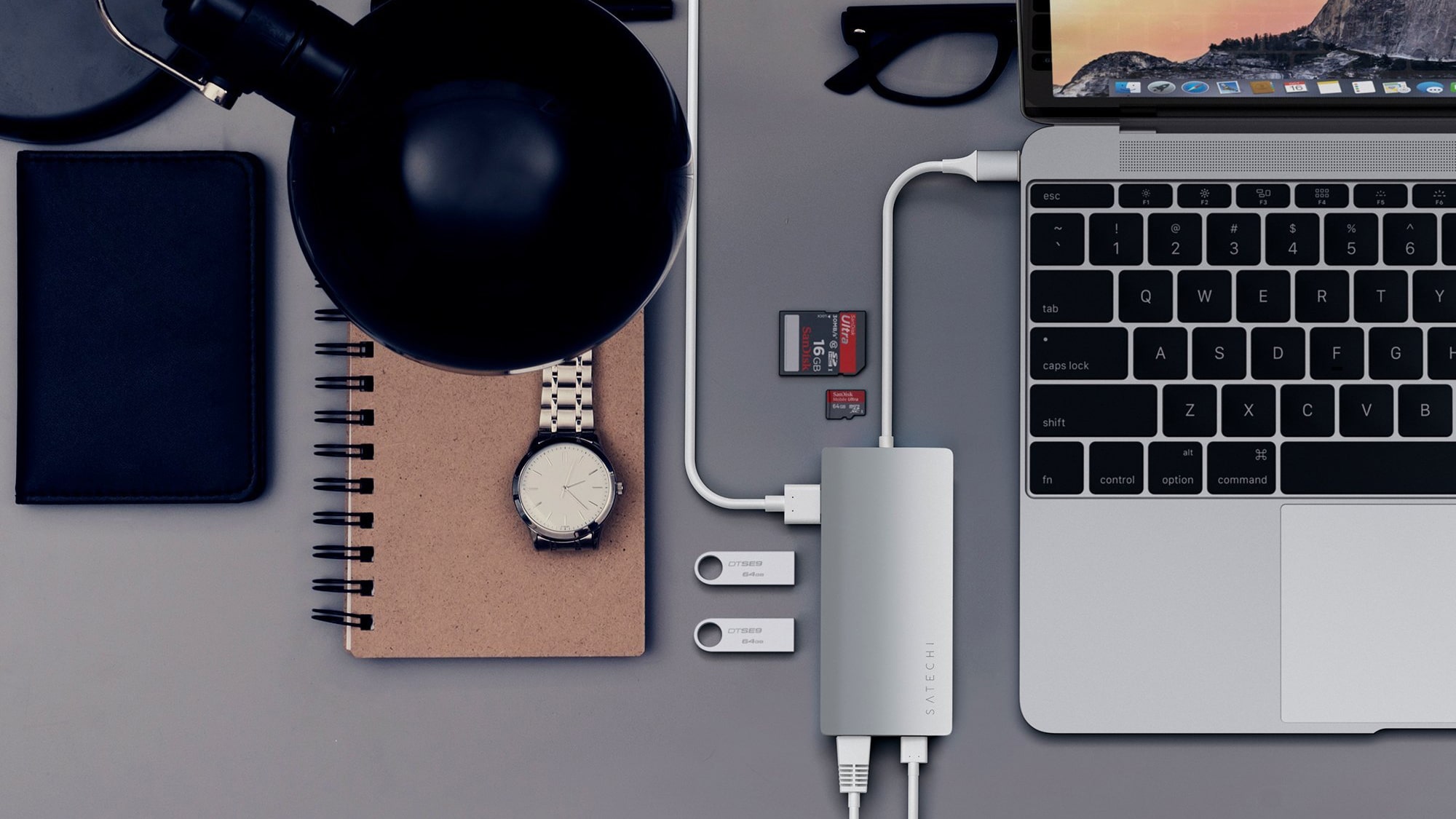Introduction
Welcome to the world of modern technology, where the convenience of portable devices has become an integral part of our daily lives. From smartphones to laptops, these devices have become extensions of ourselves, allowing us to connect, work, and entertain ourselves on the go. Among these gadgets, tablets have gained immense popularity due to their larger screens, sleek designs, and versatility.
However, if you’ve ever noticed that your tablet only charges up to 85%, you may wonder why. It can be quite perplexing, especially if you’re accustomed to other devices that charge up to 100%. In this article, we will delve into the reasons behind this limitation and discover why your tablet stops charging at 85%.
To comprehend this phenomenon, it’s essential to understand the science behind battery charging. Batteries are electrochemical devices that store and release energy in the form of electrical current. The most common type of battery used in tablets and smartphones is the lithium-ion battery, known for its high energy density and long lifespan.
Battery charging algorithms play a crucial role in maintaining the health and performance of lithium-ion batteries. These algorithms regulate the charging process, optimizing efficiency and reducing the risk of overcharging or overheating. They ensure that the battery is charged within a safe voltage range, maximizing its lifespan and minimizing the degradation of its capacity over time.
The Science Behind Battery Charging
Battery charging is not simply a matter of connecting your device to a power source and waiting for it to reach full capacity. It involves a complex interplay of chemical reactions and electrical currents to store energy within the battery cells.
When you plug in your tablet for charging, an electrical current flows from the power source to the battery. This current enters the battery through the positive terminal and circulates through the battery’s electrodes, usually made of materials like graphite and lithium cobalt oxide. During this process, lithium ions move from the positive electrode (cathode) to the negative electrode (anode), where they are stored within the battery’s layers.
As the battery charges, the voltage across its terminals increases. The charging process consists of two main stages: constant current and constant voltage. Initially, the battery is charged with a constant current until it reaches a specific voltage level. At this point, the charger switches to a constant voltage mode, where the charging voltage remains constant, but the current gradually decreases.
It’s important to note that lithium-ion batteries have specific voltage limits for both charging and discharging. Charging beyond these limits can lead to safety risks, including overheating, swelling, or even explosion. The charging algorithm of the device’s operating system closely monitors voltage levels to ensure safe charging and prevent any potential hazards.
Additionally, lithium-ion batteries have a self-discharge phenomenon, which means that they lose a small amount of charge over time, even when not in use. This self-discharge is caused by internal chemical reactions within the battery and is an unavoidable characteristic of lithium-ion technology.
Understanding the science behind battery charging provides insight into why tablets have specific limitations when it comes to charging capacity. Now that we have a foundation in battery charging, let’s explore why tablets often stop charging at 85%.
Battery Health and Charging Algorithms
Battery health is a critical factor when it comes to the overall performance and lifespan of your tablet. Over time, lithium-ion batteries naturally degrade due to chemical reactions and usage patterns. The capacity of the battery gradually decreases, resulting in shorter battery life and reduced charging efficiency.
To combat this inevitable degradation, device manufacturers implement sophisticated charging algorithms in their operating systems. These algorithms are designed to maintain optimal battery health by preventing overcharging, minimizing heat generation, and avoiding excessive voltage fluctuations.
One common method employed by charging algorithms is to limit the charging capacity to around 85%. By stopping the charging process before reaching 100%, the battery experiences less stress and degradation, resulting in a longer overall lifespan.
Charging the battery to its full capacity can cause the battery to degrade faster. When a lithium-ion battery reaches 100% charge, it undergoes a process called “trickle charging,” which involves maintaining the voltage at its peak level. This constant high voltage can cause the battery cells to deteriorate and impact their long-term performance.
By limiting the charging capacity to 85%, the charging algorithm strikes a balance between providing sufficient battery life for daily use and preserving the long-term health of the battery. This approach ensures that the battery does not consistently reach its maximum charge, reducing the strain on the cells and preventing premature aging.
In addition to charging algorithms, modern operating systems also employ other techniques to optimize battery performance. These include power management features, such as reducing background app activity, optimizing screen brightness, and managing CPU usage. These measures help conserve battery power and extend the time between charges, enhancing the overall user experience.
Now that we understand the principles behind battery health and charging algorithms, let’s explore why tablets specifically have limitations on their charging capacity.
Why Tablets Have Charging Limitations
The limitations on charging capacity in tablets are primarily driven by a combination of factors, including battery technology, device design, and user experience considerations.
1. Battery Technology: Tablets typically use lithium-ion batteries, which have specific voltage and temperature ranges for safe operation. Charging the battery beyond these limits can lead to safety risks and could potentially damage the battery. To ensure the longevity and safety of the battery, tablets are programmed to stop charging once it reaches around 85% of its full capacity.
2. Battery Longevity: Lithium-ion batteries degrade over time due to chemical reactions. By limiting the charging capacity to 85%, tablets extend the overall lifespan of the battery. Gradual degradation is unavoidable, but by preventing excessive stress on the battery cells, tablets can retain better battery health in the long run.
3. Device Design and Portability: Tablets are designed to be portable and lightweight, making them ideal for on-the-go use. To accommodate a larger battery capacity, which would allow for a longer runtime, tablets would need to be thicker and heavier. By limiting the charging capacity, tablets strike a balance between battery life and portability, ensuring a sleek and convenient device size.
4. User Experience and Convenience: Tablets are meant to be used on a daily basis for various tasks, such as web browsing, gaming, and media consumption. By charging only up to 85%, tablets can provide sufficient battery life for a full day of regular use without needing frequent recharges. This enhances the overall user experience and eliminates the need to constantly search for power outlets.
5. Safety and Efficiency: Charging a lithium-ion battery to its full capacity can generate heat and increase the risk of overcharging, which can ultimately affect the device’s performance and safety. By stopping the charging process at 85%, tablets mitigate these risks, ensuring optimal safety and energy efficiency during the charging cycle.
It’s important to understand that these charging limitations are not unique to tablets. Many smartphones and other portable devices also have similar charging strategies for the reasons mentioned above. By striking a balance between battery longevity, user experience, and safety, tablets provide a reliable and efficient power management system for the benefit of the users.
Benefits of Charging to Only 85%
While it may seem inconvenient that tablets only charge up to 85%, this limitation actually offers several benefits that contribute to a better overall user experience and long-term battery health.
1. Prolongs Battery Lifespan: By stopping the charging process at 85%, tablets help to prolong the overall lifespan of the battery. Lithium-ion batteries naturally degrade over time, and limiting charging to 85% can reduce the strain on the battery cells, slowing down the degradation process. This means that your tablet will retain better battery performance and capacity in the long run.
2. Enhanced Safety: Lithium-ion batteries can be volatile if not properly handled or charged. By stopping the charging at 85%, tablets minimize the risks associated with overcharging, such as overheating, swelling, and potential battery failure. This safety measure ensures that your tablet remains reliable and free from potential hazards caused by excessive charging.
3. Optimized Charging Efficiency: The charging algorithms implemented in tablets are designed to maximize charging efficiency and minimize energy waste. By stopping at 85% charge, tablets optimize the charging process to ensure that the battery is charged within a safe and efficient range. This not only saves energy but also reduces the heat generated during charging, promoting better overall battery performance.
4. Convenient Battery Life: Tablets are often used for extended periods throughout the day, making a longer battery life essential. By limiting the charging to 85%, tablets can provide sufficient battery life for daily usage without the need for frequent recharging. This convenience allows you to use your tablet on the go without constantly worrying about running out of battery.
5. Improved User Experience: Charging a device to 100% may give the perception of a full battery, but it may not always translate to better practical usage. By charging to 85%, tablets strike a balance between charging speed and capacity. This means that your tablet can quickly charge to a usable level, allowing you to get back to using your device sooner.
So, while you might initially feel that charging your tablet only up to 85% is a limitation, it actually offers significant benefits. From prolonging the battery lifespan to ensuring safety and providing a convenient user experience, this charging strategy ensures that your tablet remains reliable and efficient over an extended period of time.
How to Extend the Battery Life of Your Tablet
Want to make the most out of your tablet’s battery life? There are several steps you can take to extend its longevity and optimize its performance. By following these tips, you can enjoy longer usage and fewer charging cycles:
1. Adjust Screen Brightness: The screen is one of the most power-hungry components of a tablet. Lowering the screen brightness or enabling auto-brightness can significantly extend battery life. Consider setting the brightness to a comfortable level that still allows for good visibility.
2. Control App Notifications: Some apps continuously run in the background and send notifications, draining battery power unnecessarily. Review and disable unnecessary notifications to reduce the overall power consumption and improve battery life.
3. Enable Battery Saving Mode: Most tablets offer a battery-saving mode that limits background activity, reduces performance, and optimizes various settings to conserve power. Enable this mode when your battery is running low or when you need to extend usage during critical times.
4. Manage App Background Refresh: Many apps refresh their content in the background, consuming valuable battery power. Manually control which apps are allowed to refresh in the background or disable this feature entirely for apps that do not require real-time updates.
5. Close Unused Apps: When you’re done using an app, close it completely rather than leaving it running in the background. Unused apps can still drain battery power, even if they are not actively in use.
6. Disable Location Services: GPS and location-based apps use significant power to determine your device’s location. Unless you specifically need location services, consider disabling them to conserve battery life.
7. Use Wi-Fi Instead of Cellular Data: When possible, connect your tablet to Wi-Fi networks instead of relying on cellular data. Wi-Fi consumes less power than cellular connections, enhancing your tablet’s battery life.
8. Adjust Auto-Lock Settings: Set your tablet to automatically lock the screen after a shorter period of inactivity. This prevents the screen from remaining on unnecessarily and draining the battery.
9. Update Apps and Operating System: Keeping your apps and operating system up to date can optimize performance and improve battery efficiency. App updates often include bug fixes and optimizations that can positively impact battery life.
10. Keep Your Tablet at Optimal Temperature: Extreme temperatures, whether too hot or too cold, can negatively affect battery performance. Avoid exposing your tablet to prolonged periods of extreme temperatures, as this can degrade the battery capacity over time.
By implementing these simple practices, you can extend the battery life of your tablet, ensuring longer usage and reducing the frequency of charging cycles. Remember to strike a balance between battery conservation and your usage needs for the best overall tablet experience.
Tips and Tricks for Maximizing Battery Performance
Looking to get the most out of your tablet’s battery? Here are some additional tips and tricks to help you maximize battery performance:
1. Use Airplane Mode: When you don’t need to connect to the internet or receive calls, enable airplane mode. This turns off all wireless connections, including Wi-Fi, cellular data, and Bluetooth, reducing battery consumption.
2. Limit Widgets and Live Wallpapers: Although widgets and live wallpapers may enhance the visual appeal of your tablet, they can also drain battery life. Consider using them sparingly or removing them entirely to conserve power.
3. Keep Apps Updated: Regularly update your apps to ensure that you have the latest versions, as updates often include bug fixes and performance optimizations that can improve battery efficiency.
4. Disable Push Email: If you have multiple email accounts set up on your tablet, consider disabling push email or adjusting the sync frequency. Fetching emails less frequently can reduce data usage and save battery power.
5. Manage Vibration and Haptic Feedback: Vibrations and haptic feedback use motor power, which can drain battery life. Consider disabling or reducing the intensity of vibrations and haptic feedback for notifications and interactions.
6. Optimize App Refresh Settings: Some apps may continuously update their content even when in the background. Review each app’s refresh settings and adjust them to minimize unnecessary background data usage and battery drain.
7. Utilize Battery Monitoring Apps: There are various battery monitoring apps available that provide insights on app usage and battery consumption. These apps can help you identify power-hungry applications and make informed decisions about optimizing battery usage.
8. Keep Your Tablet Clean: Dust and dirt can obstruct the heat dissipation of your tablet, leading to increased heat generation and inefficient battery performance. Regularly clean your tablet’s ports, speakers, and vents to ensure proper ventilation.
9. Restart Your Tablet: Restarting your tablet periodically can help clear any background processes or software glitches that might be causing excessive battery drain. It’s a simple yet effective way to refresh your tablet’s system and optimize battery performance.
10. Pay Attention to Charging Habits: Charging your tablet properly can also contribute to maximizing battery performance. Avoid extreme temperature conditions while charging, and try not to let the battery drain completely before recharging. Frequent, shallow charging cycles are generally better for lithium-ion batteries.
By implementing these tips and tricks, you can squeeze out every ounce of battery life from your tablet. Experiment with different settings and monitor your battery performance to find the optimal balance that suits your needs.
Common Myths About Battery Charging
When it comes to battery charging, there are many myths and misconceptions that can lead to confusion and incorrect practices. Let’s debunk some of the most common myths surrounding battery charging:
1. Myth: You should always let your tablet’s battery completely drain before recharging.
Fact: Modern lithium-ion batteries do not require complete discharge before recharging. In fact, frequent deep discharges can harm the battery’s overall health. It’s better to charge your tablet whenever convenient and avoid letting it fully drain regularly.
2. Myth: Leaving your tablet plugged in overnight will overcharge the battery.
Fact: Modern devices are equipped with advanced charging circuits that prevent overcharging. Once the battery reaches full capacity, the charging process automatically stops, and the device switches to a trickle charge mode. It is safe to leave your tablet plugged in overnight without worrying about damaging the battery.
3. Myth: Using your tablet while it’s charging will damage the battery.
Fact: It’s perfectly fine to use your tablet while it’s charging. The charging process may take slightly longer, but it will not harm the battery. However, using power-intensive apps or games while charging may cause the tablet to heat up, which can affect battery performance.
4. Myth: Closing background apps will significantly improve battery life.
Fact: While it’s true that some apps running in the background can consume battery power, modern operating systems are designed to manage apps efficiently. Closing background apps manually may actually use more battery power as the system has to reload them when needed. Letting the operating system handle background tasks is usually more efficient.
5. Myth: Always charge your tablet to 100% for maximum battery life.
Fact: Charging your tablet to 100% constantly and keeping it fully charged can contribute to a shorter overall battery lifespan. Lithium-ion batteries degrade faster when held at high voltage levels for extended periods. It’s more beneficial to keep your tablet’s battery level between 20% to 80% for optimal longevity.
6. Myth: Using third-party chargers will damage your tablet’s battery.
Fact: While it’s generally recommended to use the original charger that came with your tablet, using reputable third-party chargers that meet the necessary specifications will not harm your device’s battery. Poor quality or uncertified chargers, however, can potentially cause damage and should be avoided.
By dispelling these common myths, you can adopt better practices for charging your tablet’s battery. Understanding the facts will not only help prolong the lifespan of your battery but also ensure that you’re optimizing its performance and maintaining a safe charging process.
Conclusion
Battery charging is a critical aspect of maintaining the longevity, performance, and safety of your tablet’s battery. While it may be perplexing that tablets only charge up to 85%, this limitation is rooted in the science of battery charging, battery health considerations, and user experience enhancements.
Understanding the science behind battery charging, including the process of lithium-ion batteries, voltage limits, and charging algorithms, provides valuable insights into why tablets stop charging at 85%. It ensures that the battery is charged within safe parameters, maximizing its lifespan and minimizing the risk of safety hazards.
By charging to only 85%, tablets offer several benefits. This practice prolongs the battery’s overall lifespan, enhances safety, optimizes charging efficiency, provides convenient battery life for daily usage, and improves the overall user experience. These advantages make tablets reliable and long-lasting devices for everyday tasks and entertainment.
Additionally, adopting certain habits and optimizations can further extend the battery life and optimize its performance. Adjusting screen brightness, managing background processes, utilizing battery-saving modes, and keeping your tablet clean are just a few steps you can take to make the most out of your tablet’s battery.
It’s important to separate myths from facts regarding battery charging. Common misconceptions such as needing to completely drain the battery before recharging or the belief that leaving your tablet plugged in overnight will overcharge the battery can lead to suboptimal practices. By understanding the facts, you can ensure proper battery care.
In conclusion, maximizing the battery life of your tablet is a combination of understanding the technology behind its battery, implementing optimal charging strategies, and adopting usage habits that conserve power. By following the tips and debunking the myths discussed in this article, you can enjoy extended battery life, improved performance, and a reliable tablet experience for years to come.







